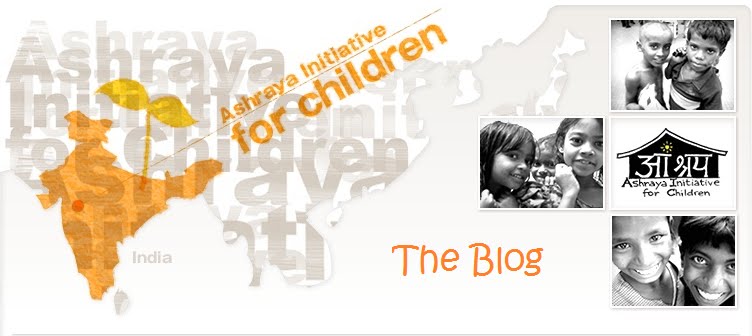Billo, a Sikligar woman, lives with her four children, each of whom receives education and healthcare services from AIC (a fifth child currently stays with relatives in Mumbai). Her family’s partnership with AIC began in 2011; at that time they had been living in a makeshift tarpaulin shelter on the roadside and Billo was working as many hours as possible to provide what she could for her children as a day laborer, separating copper from scrap metal. When monsoon came every year, the family began a constant battle to keep their belongings dry, which sometimes meant moving everything to safer locations as and when they could. With sick children and an unstable living environment, Billo often missed days of work and her income suffered as a result.
This year Billo and her family moved into their first home, and during this monsoon season she will not have to worry about a leaking roof due to a Rs. 3,000 microloan that she obtained through the AIC Community Outreach Program. With a stable shelter and the security of knowing her family and belongings are safer, Billo says she can now work more hours and increase her income, which will help her family in the long run. With a home, a roof, and happier, healthier children who are doing well in school, the future certainly looks as if it will be brighter for Billo and her family for many monsoons to come.
 |
| Billo and Madhavi |
(Written by Stephanie de Looz, AIC volunteer)

.JPG)











lovely pic, great work )
ReplyDeleteWonderful you picked up a very sensitive topic. I am hurtle congratulate for this post. Visit affordable United-21 Hotel in Pune.
ReplyDelete